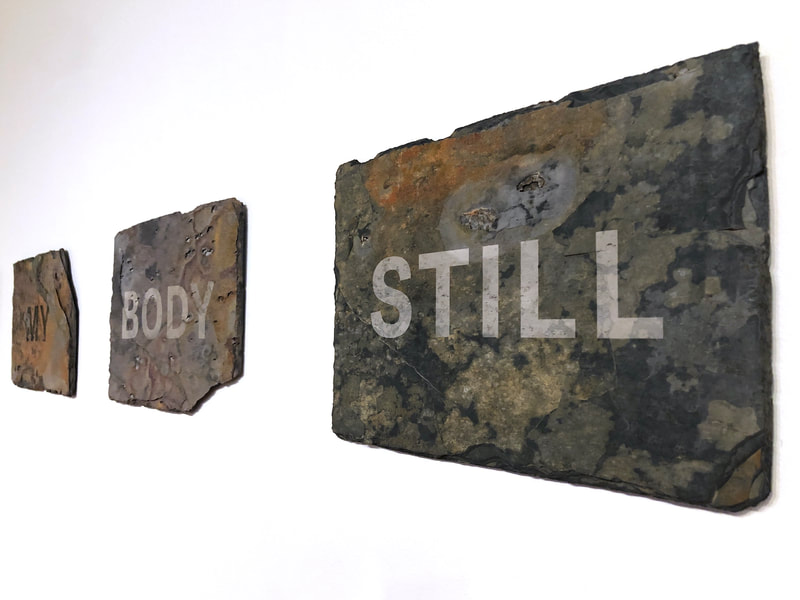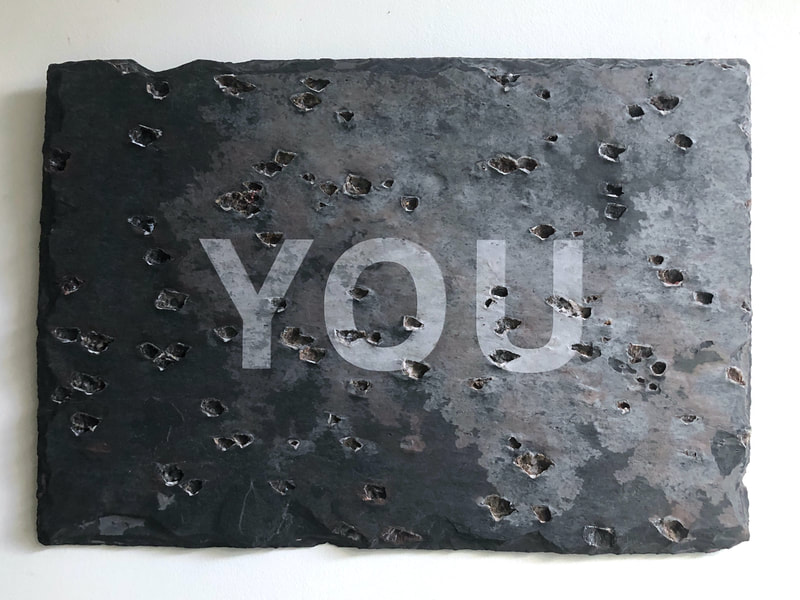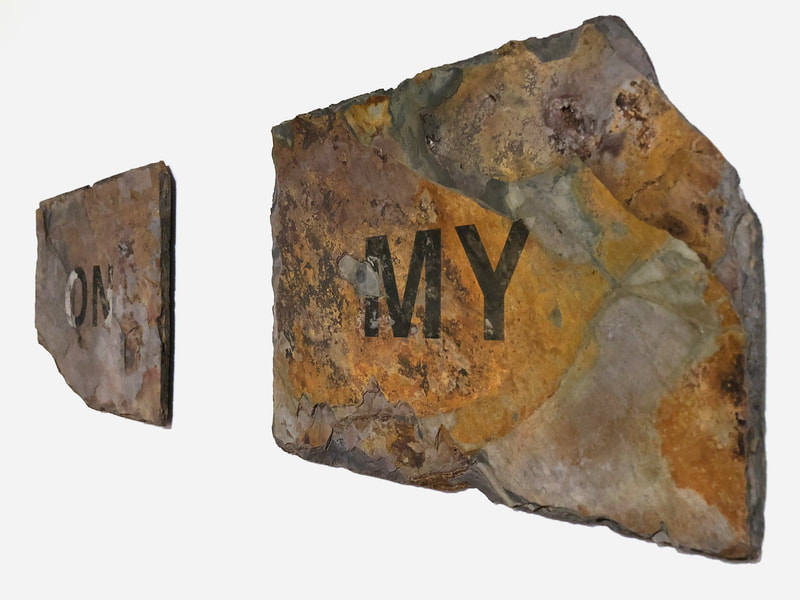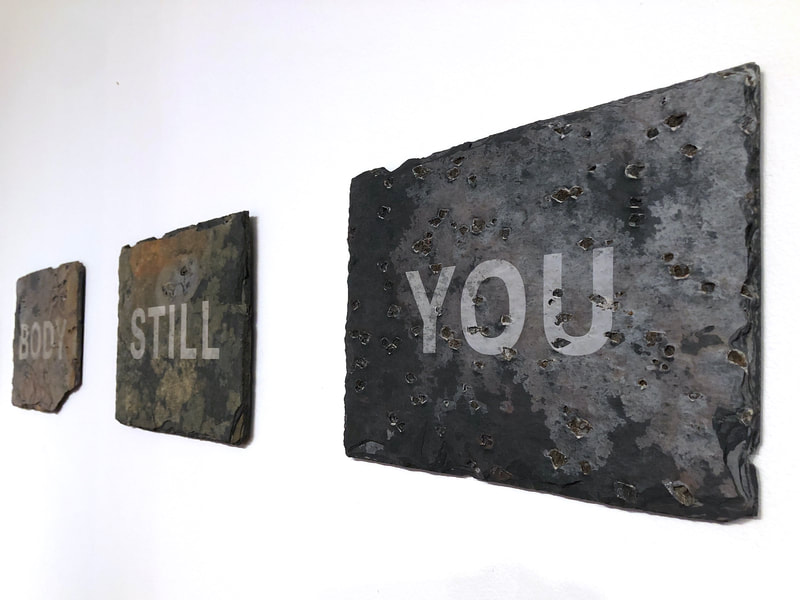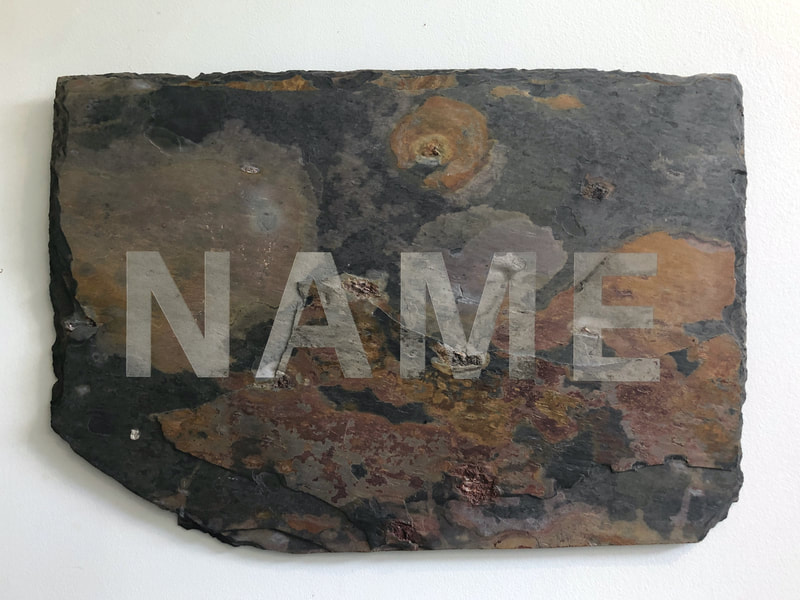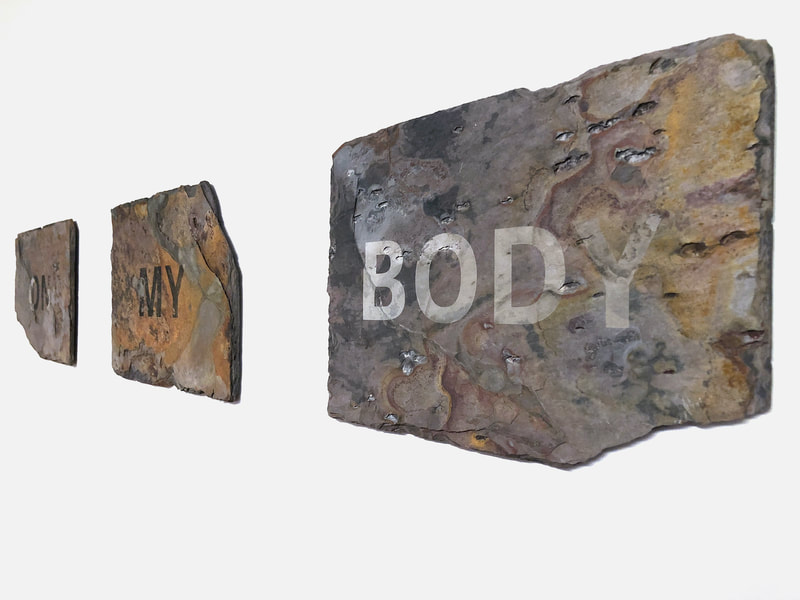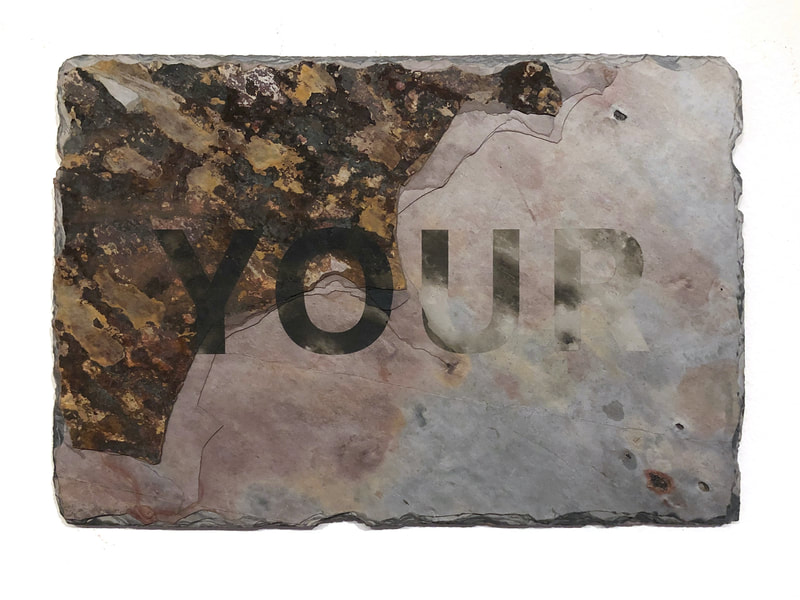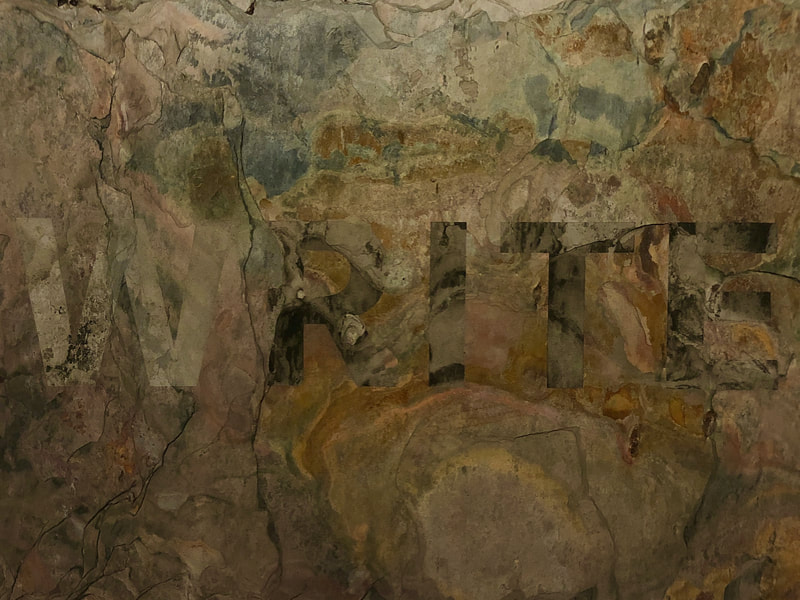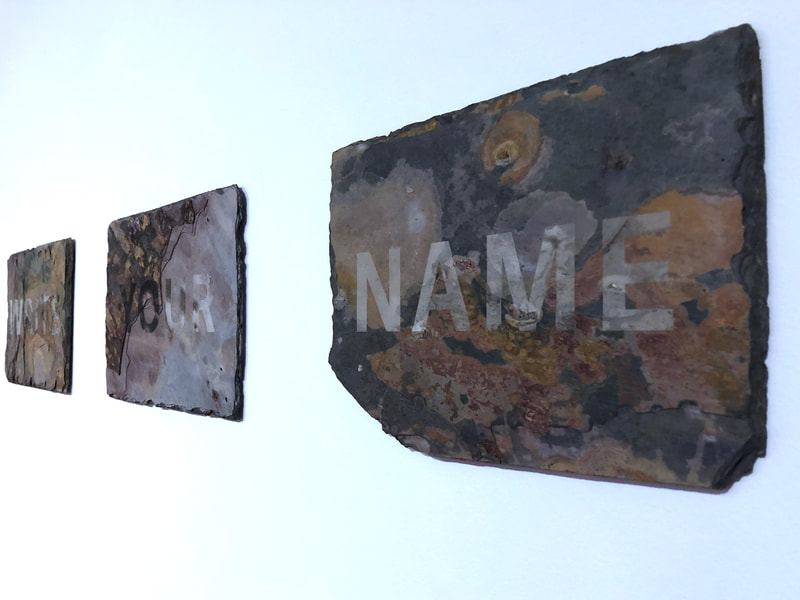Nature danger revenge
Dunedin Public Art Gallery, Ōtepoti Dunedin
nature danger revenge
Alexis Hunter, Evangeline Riddiford Graham, Deborah Rundle and Sorawit Songsataya
Nature danger revenge is an exhibition of paintings by Alexis Hunter (1948-2014) which stem from a feminist and environmental consciousness of the 1980s, accompanied by new commissions from artists Evangeline Riddiford Graham, Deborah Rundle and Sorawit Songsataya. The exhibition takes Hunter’s paintings of hybrid creatures and environments—and their charged, even apocalyptic, language of expression—as heady ground to explore new horizons. Emerging from Hunter’s thick, churning brushwork is a tangle with normative understandings of nature, bodies and desires.
Born in Aotearoa New Zealand, Hunter spent much of her career in London. From the mid-1970s, she became internationally recognised for her photo-narratives that appropriated the language of commercial film and advertising to challenge gender and power relations. In the 1980s, she moved away from photography towards neo-expressionist painting. This remained Hunter’s primary artistic medium for the rest of her working life. In this exhibition, Graham, Rundle and Songsataya consider the agencies between expression and environment in dialogue with Hunter’s works that follow this shift in medium.
Graham explores a ‘whiplash’ between linear historical narratives and the pluralities of lived experience in Mother juggernaut (2022). Set within a strange living room tableau, this audio installation pushes at the boundaries of familiar exchanges, exploring the tension inherent between generations and cultural legacies. The artist has composed a script, based on the poetic structure of a double sestina, that plays through an answerphone machine. In this ‘voice message’, a needy millennial daughter frets about her life and job at a dystopian wastewater treatment plant. The monologue samples from the poetry of Michael Field—the joint pseudonym of Katherine Bradley and Edith Cooper, who wrote under a male pen name to establish themselves within Western literature’s Decadent Movement of the late 19th century.
Sculptural works by Rundle play with the metamorphoses of language and environment. My Body (2022), text etched onto slate tiles, leverages its materials to consider inscriptions of power. Rundle is interested in the ‘fugitive nature’ of this text, whereby environment and sightline affect its legibility. Technologies of learning and identity formation are also brought into focus. The work references resource extraction, writing tablets used in schools from the 1700s-1920s and the ground-breaking aspirations of feminist artist Mary Kelly’s Post-Partum Document(1973-79). Alongside this work, Loss (2021), a photo of a skink the artist found living among artificial grass, ruminates on vulnerability and survival. Skinks are known for their ability to ‘drop’ their tails to distract predators and regenerate a new one, but there is a compromise; the new tail is never quite the same as the original.
Songsataya’s Crown Shyness (2022) maps the outer bark surfaces of Aotearoa’s tallest tree—an Australian Mountain Ash Eucalyptus regnans (Purukamu) planted around 1870 in Orokonui Ecosanctuary, Waitati, north of Ōtepoti. Utilising a photogrammetric processing technique, Songsataya has converted video footage of the tree’s trunk into a set of ‘point cloud’ data. The artist has used this data to translate geospatial information into a new, textured landscape. Played across stacked vertical screens, the animation shows the digital ‘skin’ of the trunk, composed of small polygons, stretching upwards. In another sequence, cascading 3D particles illustrate the law of gravity. Exploring these parameters—in and above the ground—that the tree lives within, Crown Shyness employs digital technology to reimage the tree as an intelligent, vital being in constant negotiation with their ever-changing environment.
Bringing these practices together around Hunter’s work, this exhibition questions what kind of subjects we are becoming in our current climate, and what might come next; what kinds of reeling, transformation and life?
Artworks
My Body (2022) text etched on 8 slate tiles, each 410 x 280mm, Loss (2022), photograph, artificial grass, wooden frame, 820H x 960W x 50D
